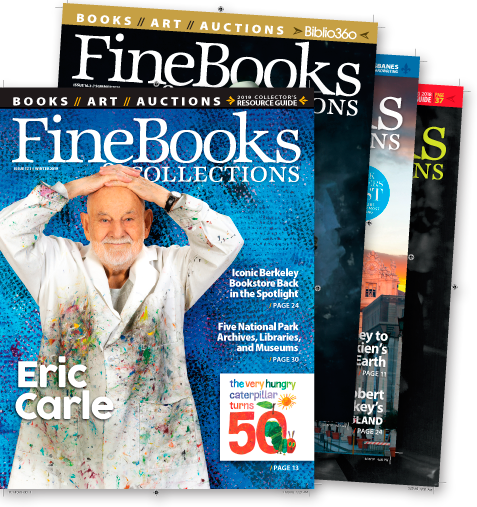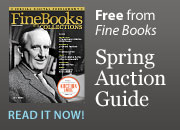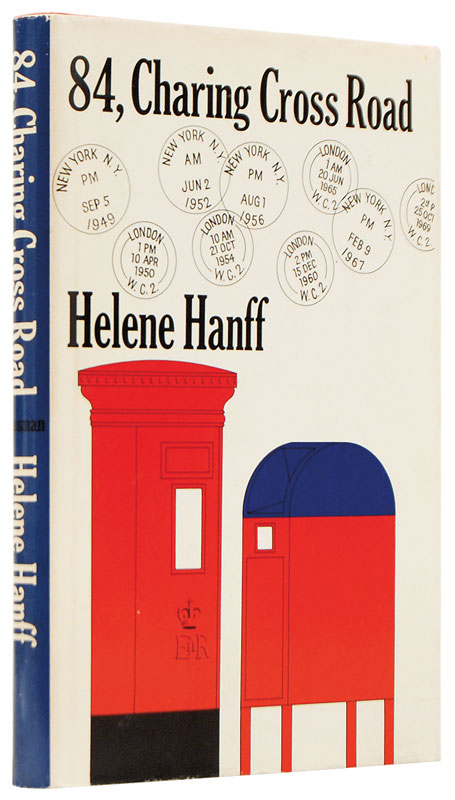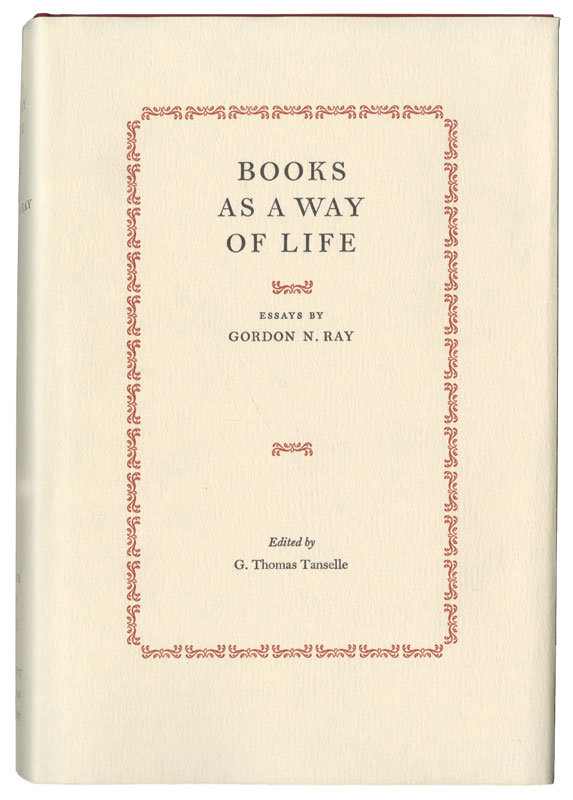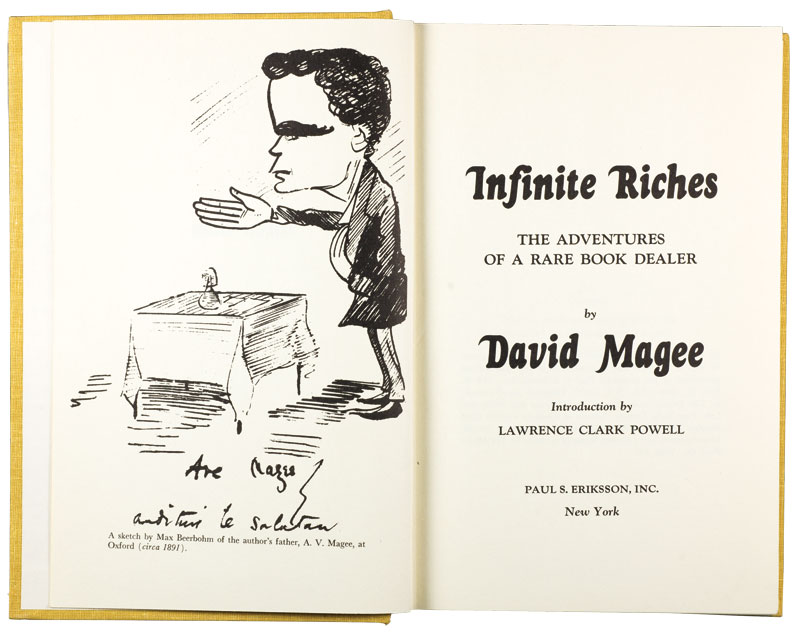Collector and Bookseller: A Vanishing Relationship?
And it’s in the matter of price and its judgment that our universe has changed most from the cozier world of books that Carter knew. Collectors want to build their collections, and booksellers want to sell books, but Internet bookselling is all about the lowest prices, and so often, a fine and interesting copy of a book can languish unsold because it’s priced just a few dollars more than a poor or “mildly ex-library” copy. In an earlier world, this copy might have been quoted to a particular customer, whose tastes and preferences were known, and whose collecting had been nurtured by the bookseller. This kind of relationship, whether in person or at a distance, underpinned the business model of the antiquarian book world. For a diminishing number of booksellers, it still does, but it’s in danger of disappearing as bookselling moves closer to a price-centric market, where descriptions of the characteristics of particular copies are now the province of an ever-smaller number of booksellers who still view this information as significant.
The demise of this kind of bookselling would be as damaging to collectors as the disappearance of local restaurants would be to a neighborhood. As Gordon N. Ray described it so well in his articles about the world of rare books, the antiquarian book world is made up of collectors, booksellers, and libraries and librarians, all existing in a symbiotic relationship in which the balance of power shifts according to collecting tastes, the state of financial markets, and university budgets. This world still exists, but the technological changes that have transformed it beyond anything that Ray would find familiar now threaten to speed the extinction of collectors who were willing to consider books other than high spots, and booksellers who could build their businesses selling individual books at all levels to collectors that they knew.
Restaurants also depend on repeat customers, and as Bruni wrote, there’s something in it for the customers as well. “In return, regulars at most restaurants get extra consideration: a glass of sparkling wine that wasn’t asked for, a dessert that just appears, a promotion to the head of the waiting list when the place is full. There’s a practical, unemotional reason to join the frequent-flier club. Perks accrue.”
These perks have been there for book collectors as well, and though we’re never going back to the world—if it ever actually existed—that Helene Hanff depicted in 84, Charing Cross Road, collectors, booksellers, and libraries have all benefited from the symbiotic relationship in which they knew and learned from each other, and where it was understood that it took time and effort to learn about books. This learning came from repeated visits to bookshops and libraries, and from examining, reading, and researching the books that they found. As collecting and bookselling relationships disappear, something important is being lost, and we need to realize that collecting and bookselling can still be personal, and that there can and should be more to what we do than looking up prices online, and searching or uploading records to a database.
Further Reading and Browsing
Like everything else that he wrote, Gordon N. Ray’s two detailed articles on the relationships between collectors, booksellers, and libraries and librarians are well worth reading. In “The Changing World of Rare Books” (Papers of the Bibliographical Society of America, Volume 60, Second Quarter 1965, pp. 103–141) and “The World of Rare Books Re-examined” (Yale University Library Gazette, Volume 40, July 1974, pp. 77–146), Ray used his correspondents’ answers to survey questions to describe the many changes that were taking place in the collecting and selling of rare books. Both articles, along with several others by Ray, are included in the beautifully produced—and underpriced—commemorative volume, Books as a Way of Life: Essays by Gordon N. Ray, edited and with an introduction by G. Thomas Tanselle (New York: The Grolier Club and The Pierpont Morgan Library, 1988).
And for more evidence of the importance of collector/bookseller relationships, look at any memoir or biography of a bookseller or collector. Good starting lists can be found in Kurt Zimmerman’s “Armchair Adventures” (Fine Books and Collections, November/December 2007) and “More Armchair Adventures”.




